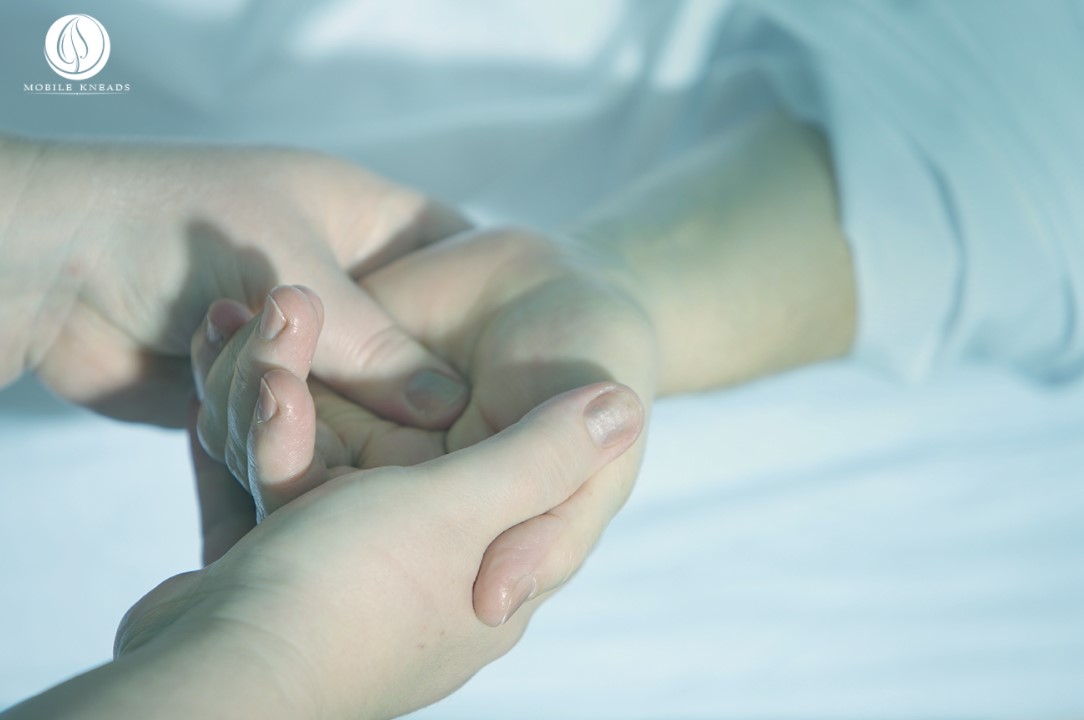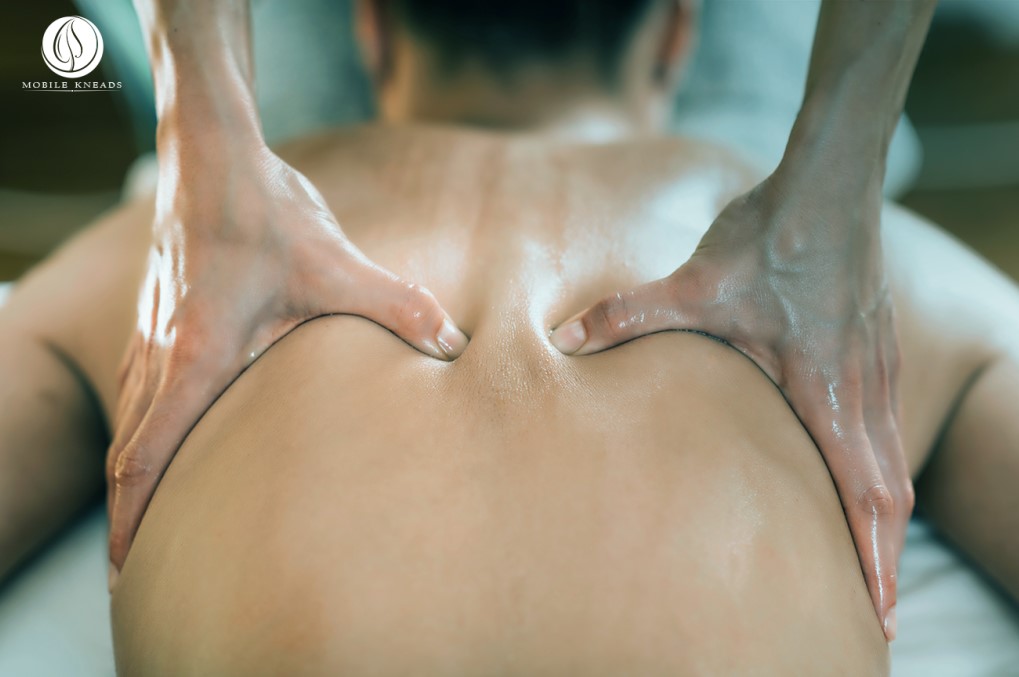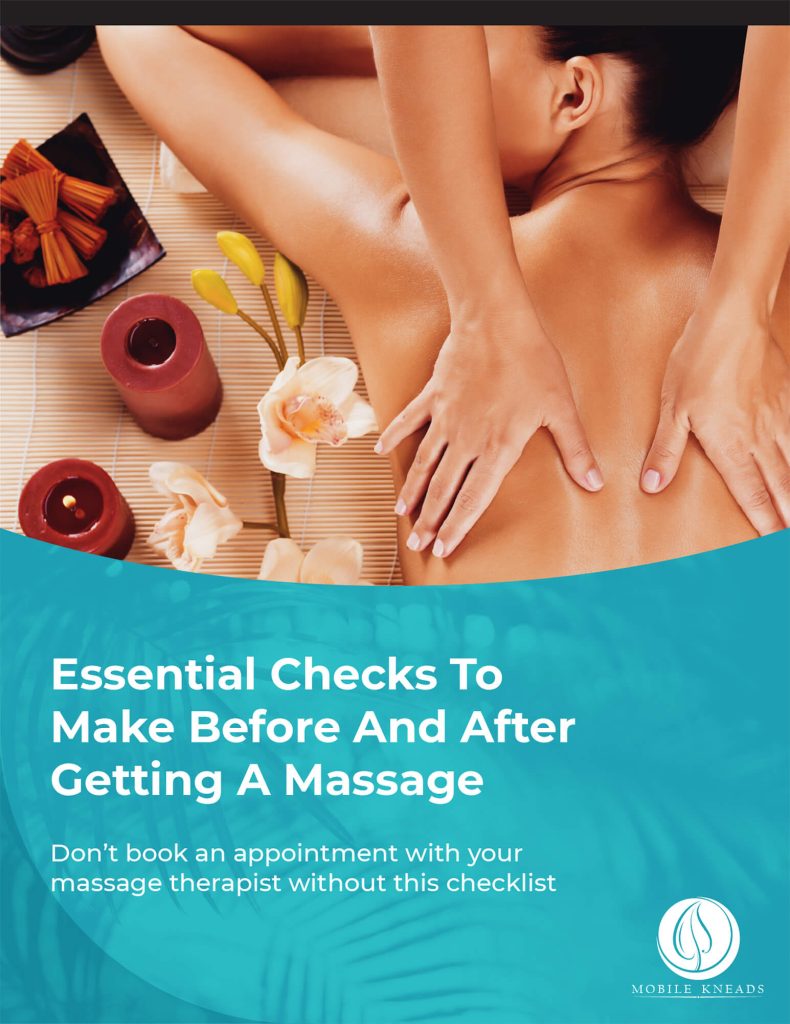Do you like getting massages? Then, it’s about time that you learn about the most common techniques for massaging.
Your body is quite good at letting you know when it needs a massage. But it’s not easy to figure out what kind of treatment you should get.
Most massage types follow the foundation of essential massage therapy. It provides structured or unstructured pressure, tension, motion, or vibration to the body’s soft tissues.
Massage therapy is still evolving today, with many massage techniques and approaches available. Also, various massage styles are available these days. From facial massage techniques to whole-body massage, each has its benefits.
If you’re new to massage or have never explored beyond your typical Swedish session, navigating the many forms of massage available might be challenging.
Fortunately, we’re here to help you sort through the various massaging strategies and strokes so you can request the one that’s right for you.
Basic Massage Techniques
Transverse Friction
A transverse connective tissue therapy is administered with the fingers. These transverse frictions are created by applying an oscillating pressure across the direction of the tissue fibers. It is often is utilized on tendon or ligament injuries. Massage therapists usually do this to break down thicker, painful scar tissue. Unreduced lesions are more prone to cause discomfort. Thus, this degrades faster than it should.
Rhythmic compression into muscles produces profound hyperemia and softening effects in the tissues. This technique may be used as a warm-up for more in-depth, targeted massage work and is used in sports massage.
Kneading
This can be conducted in various ways. It is defined by the massage’s manner, such as thumb kneading and palm kneading. The massage pressure used must differ depending on the aim of the massage. Because the force is applied sporadic, the rhythm and pace of movement are significant.

Longitudinal Gliding
This technique is well-known. This is an effective massage method applied in the direction of the blood flow. It promotes fluid dispersion from the injury site, reducing inflammation and edema. It also aids in the relaxation of tense muscles.
Myofascial Release
Myofascial releases are manual massage techniques for stretching the fascia to bring the body back into balance. Your fascia is a unique continuous network of sensitive connective tissues. It covers and connects the muscles, organs, and skeletal systems in our body.
It is placed between the skin and the underlying muscle and bone structure. Injuries, stress, trauma, and bad posture can create fascia restriction. Myofascial release aims to relieve fascia restriction and return the tissue to the fascia.
Trigger Point Treatment
Trigger point treatment is a type of bodywork that includes applying pressure on tender muscle tissue to relieve pain and dysfunction in other body parts. These trigger points are active sites of muscle excitability that intersect with acupuncture points. Common trigger sites are also what the typical person refers to as muscular “knots.” These trigger points can be relieved using trigger point massage.
Cross Fibre Friction
This technique stretches and widens the fabric. During the healing process, it can also assist in decreasing adhesions and establish durable, flexible repair.
PNF Stretches
Proprioceptive Neuromuscular Facilitation (PNF Stretches) mixes passive stretching and isometrics by alternating and contracting your muscles. To increase muscle length, the approach targets nerve receptors in the muscles.
Despite its intimidating name, Proprioceptive Neuromuscular Facilitation is quite simple! You can even incorporate it in your office’s stretching exercises.
Most Common Types of Massage Strokes
While almost all massage strokes are intended to promote relaxation and reduce muscle tension, some fundamental distinctions are among these approaches.
Read on to learn about the standard massage strokes used by professional therapists.
Effleurage
Effleurage is a stroke that is employed in almost every modality. It entails the massage therapist making lengthy, gliding strokes across your body with their palms, knuckles, and forearms.
Because it is pretty soft, it is used at the start of a massage to apply lotion or oil and ease the body into the session. The pressure level of the strokes will most likely increase as the muscles relax.
Petrissage
Petrissage is the kneading, rolling, and wringing of tissue with the thumbs and knuckles of the massage therapist.
This type of massage is used in deep tissue massages because it relieves muscle knots. Petrissage also promotes enhanced blood flow and lymphatic drainage in the area of the body being massaged.
Tapotement
Tapotement is when a massage therapist taps on the body and with their fists, the sides of their hands, or cupped palms.
It is meant to activate muscular nerves and increase circulation and is only seldom used throughout a massage.
Vibration
Vibration is achieved by the massage therapist moving their fingertips or the heel of their hand back and forth over their skin. Depending on your particular preferences and the purpose of the massage, it can be done fast or slowly.
This aids in the relaxation of muscles in particularly tense places, such as the lower back or shoulders. This is one of the many top back massage techniques most massage therapists apply to their patients.
Fascial Techniques
Fascial therapy is used to stretch and heal the fascia. By activating the fascia, many massage techniques can be utilized:
- C-bowing – The massage therapist’s thumbs are placed together while other fingers grab your skin in a “C” bow. They pull on your skin and press their thumbs into the tissue.
- Cross Hand Fascial Stretch – The massage therapist presses their palms onto the skin until it is taut.
- J-stroke – The therapist uses a J-stroke, in which they hold their knuckles in a “J” shape and apply pressure to your skin. Because this treatment concentrates on the deepest layers of tissue, it is employed sparingly.
Conclusion
Now that you are familiar with the most popular massage techniques and their definite strokes, you will be more at ease. It will feel more comfortable when you encounter it during your next session. Remember to only allow professional massage therapists to practice these methods. If not, an injury may occur.
If you’re looking for unique massage techniques and wellness materials created by health professionals, check out Mobile Kneads. Our mobile application will connect you in a few clicks to the best massage therapists and wellness providers in Florida very soon!




